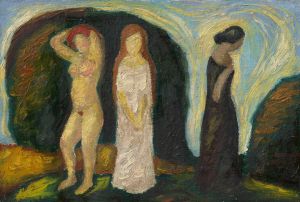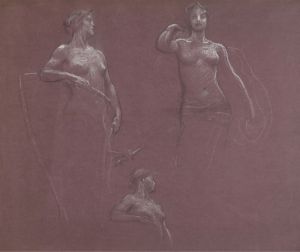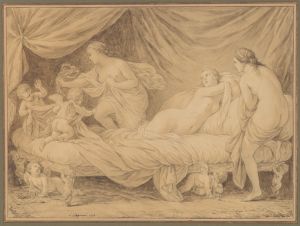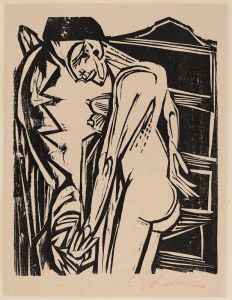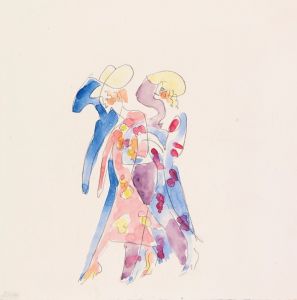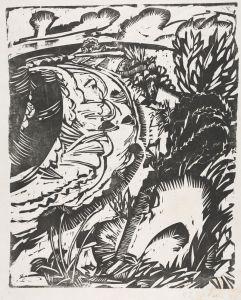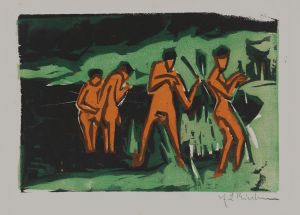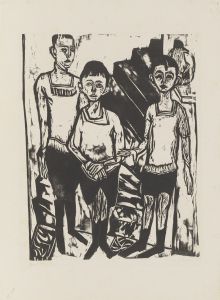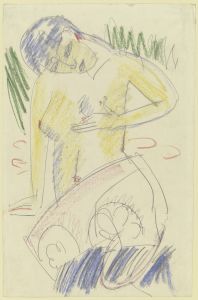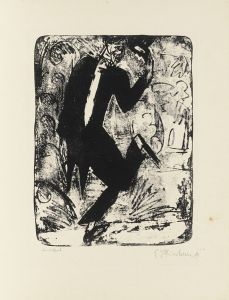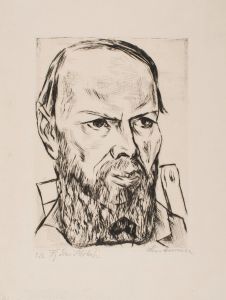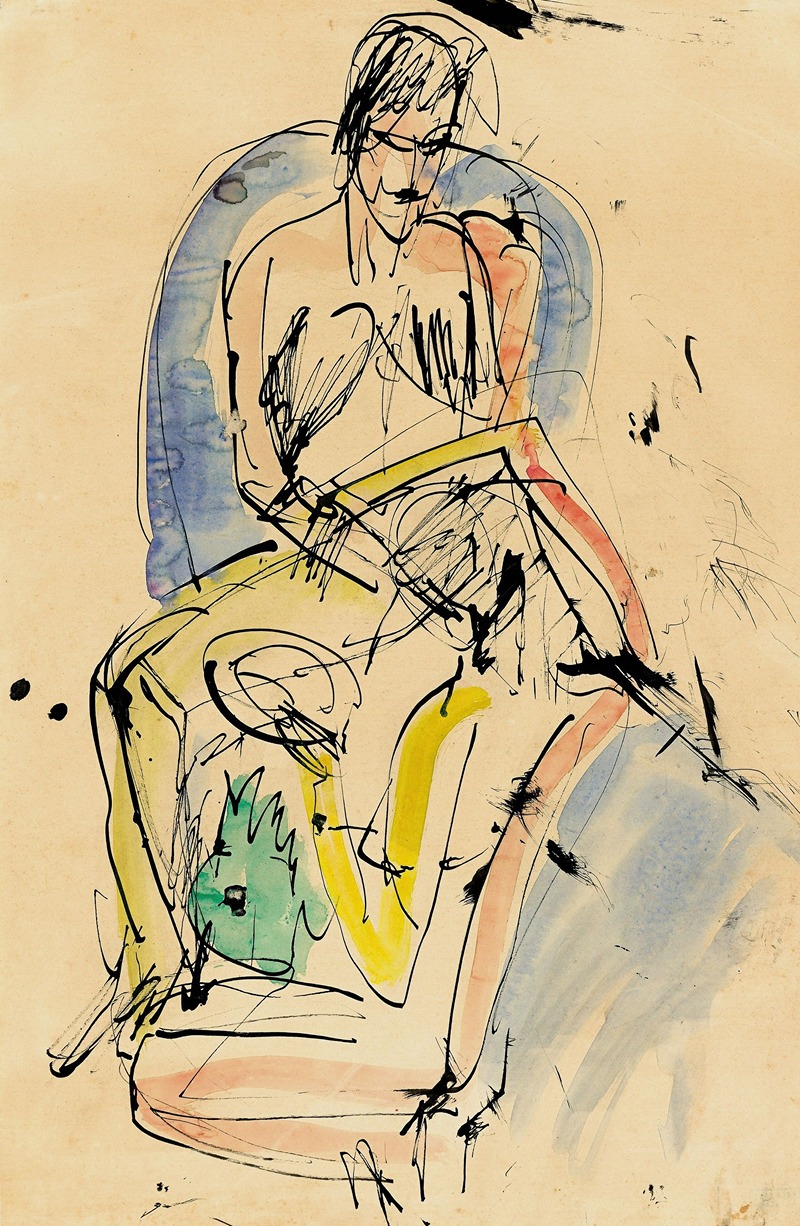
Women’s Siesta
A hand-painted replica of Ernst Ludwig Kirchner’s masterpiece Women’s Siesta, meticulously crafted by professional artists to capture the true essence of the original. Each piece is created with museum-quality canvas and rare mineral pigments, carefully painted by experienced artists with delicate brushstrokes and rich, layered colors to perfectly recreate the texture of the original artwork. Unlike machine-printed reproductions, this hand-painted version brings the painting to life, infused with the artist’s emotions and skill in every stroke. Whether for personal collection or home decoration, it instantly elevates the artistic atmosphere of any space.
Ernst Ludwig Kirchner's painting Women’s Siesta is a work created by the German Expressionist artist, who was a founding member of the influential art movement Die Brücke (The Bridge). Kirchner, known for his bold use of color and dynamic compositions, often explored themes of modern life, human relationships, and the natural world in his art. Women’s Siesta reflects his characteristic style, which combines vivid, non-naturalistic colors with expressive forms.
The painting depicts a serene and intimate scene of women resting, likely during a moment of leisure. Kirchner's portrayal of the female figure often emphasized a sense of vitality and connection to nature, and this work is no exception. The figures are rendered with simplified, angular forms, a hallmark of Kirchner's approach, which sought to break away from traditional academic realism. The composition conveys a sense of calm and introspection, while the vibrant palette infuses the scene with energy.
Kirchner's works were deeply influenced by his interest in non-Western art, particularly African and Oceanic art, as well as the German Romantic tradition. These influences are evident in his stylized treatment of the human figure and his focus on emotional resonance over strict representation. Women’s Siesta exemplifies his ability to merge these inspirations into a unique visual language that became a cornerstone of German Expressionism.
The exact date of creation for Women’s Siesta is not widely documented, but it likely falls within Kirchner's most productive period, between 1905 and the early 1910s, when he was actively involved with Die Brücke. During this time, the group sought to challenge the conventions of academic art and embraced a more spontaneous, raw approach to painting. They often worked en plein air and drew inspiration from communal living, nature, and the human form.
Kirchner's career was profoundly affected by the political and social upheavals of the early 20th century, including World War I and the rise of the Nazi regime, which labeled his art as "degenerate." Despite these challenges, his work has had a lasting impact on modern art and continues to be celebrated for its innovation and emotional depth.
Specific details about the current location or provenance of Women’s Siesta are not readily available in public records. However, Kirchner's works are held in major collections worldwide, including the Kirchner Museum in Davos, Switzerland, which is dedicated to preserving and exhibiting his legacy.





